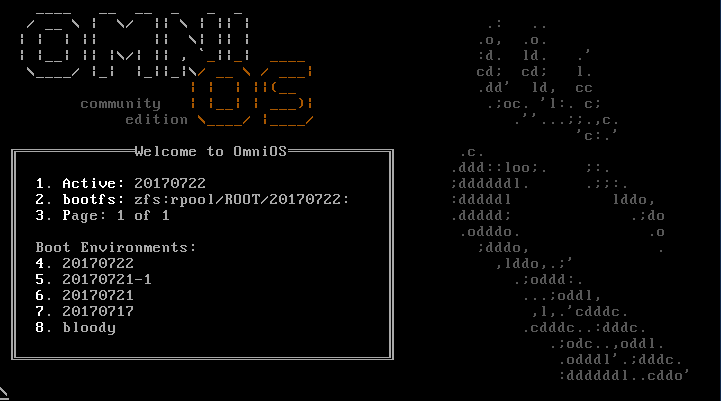I would guess that KDE plasma is one of those LARGE packages (and several dependencies, that even on a powerful machine,will take a long time to compile. Some of the desktops, browsers, etc., will take several hours to compile, even on a fast machine with nvme drives. As astyle says, it is dependent upon how powerful your machine is. In many cases it's better to choose the package, but of course, there are often reasons for choosing the port.


